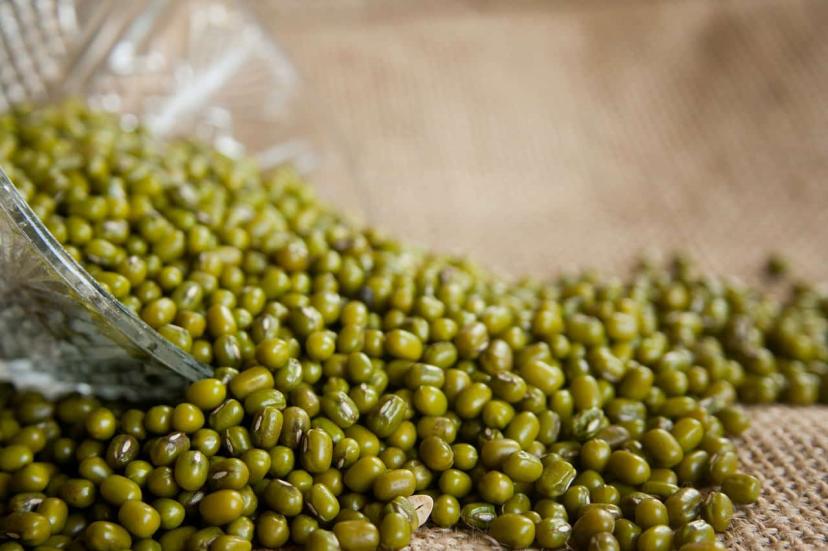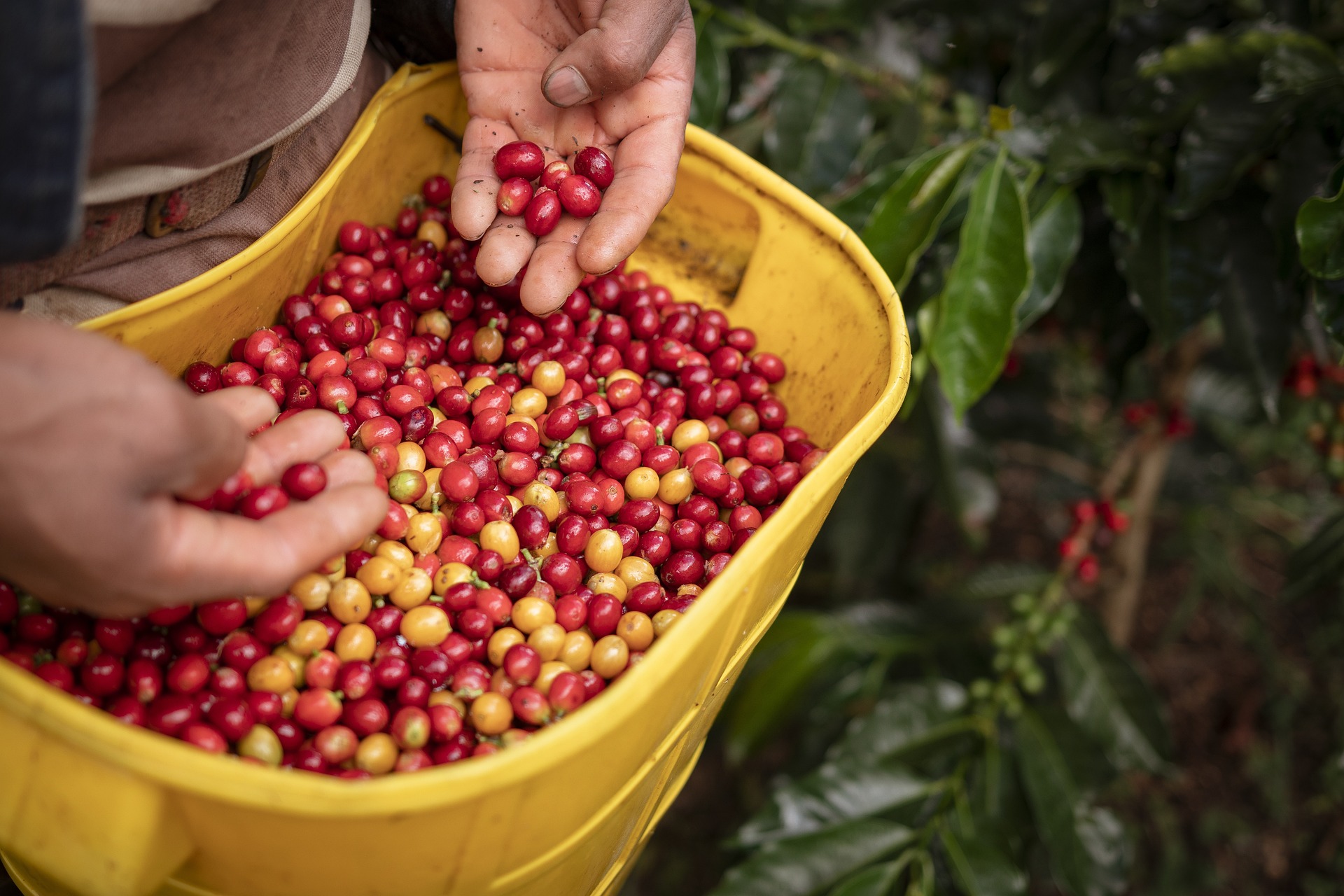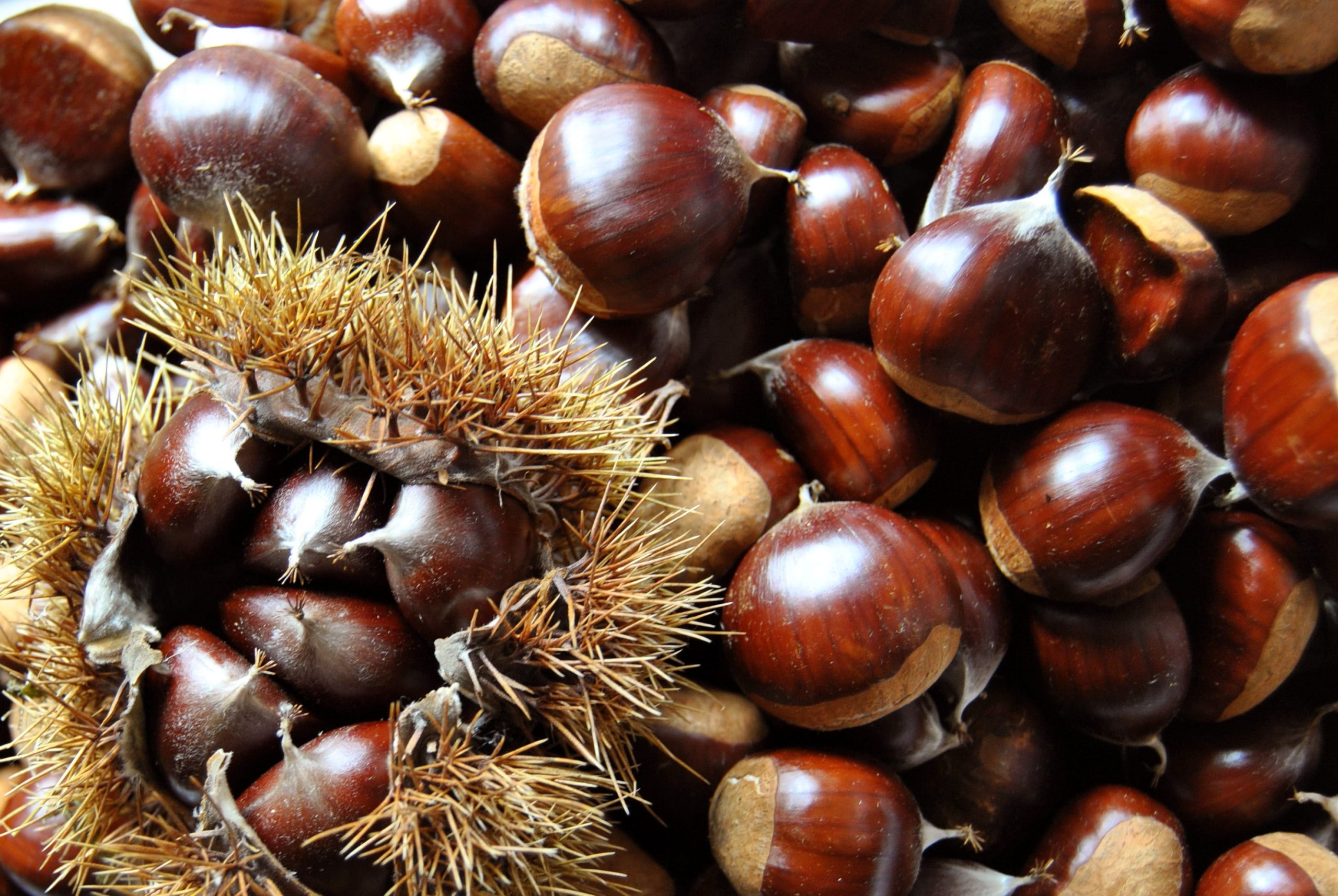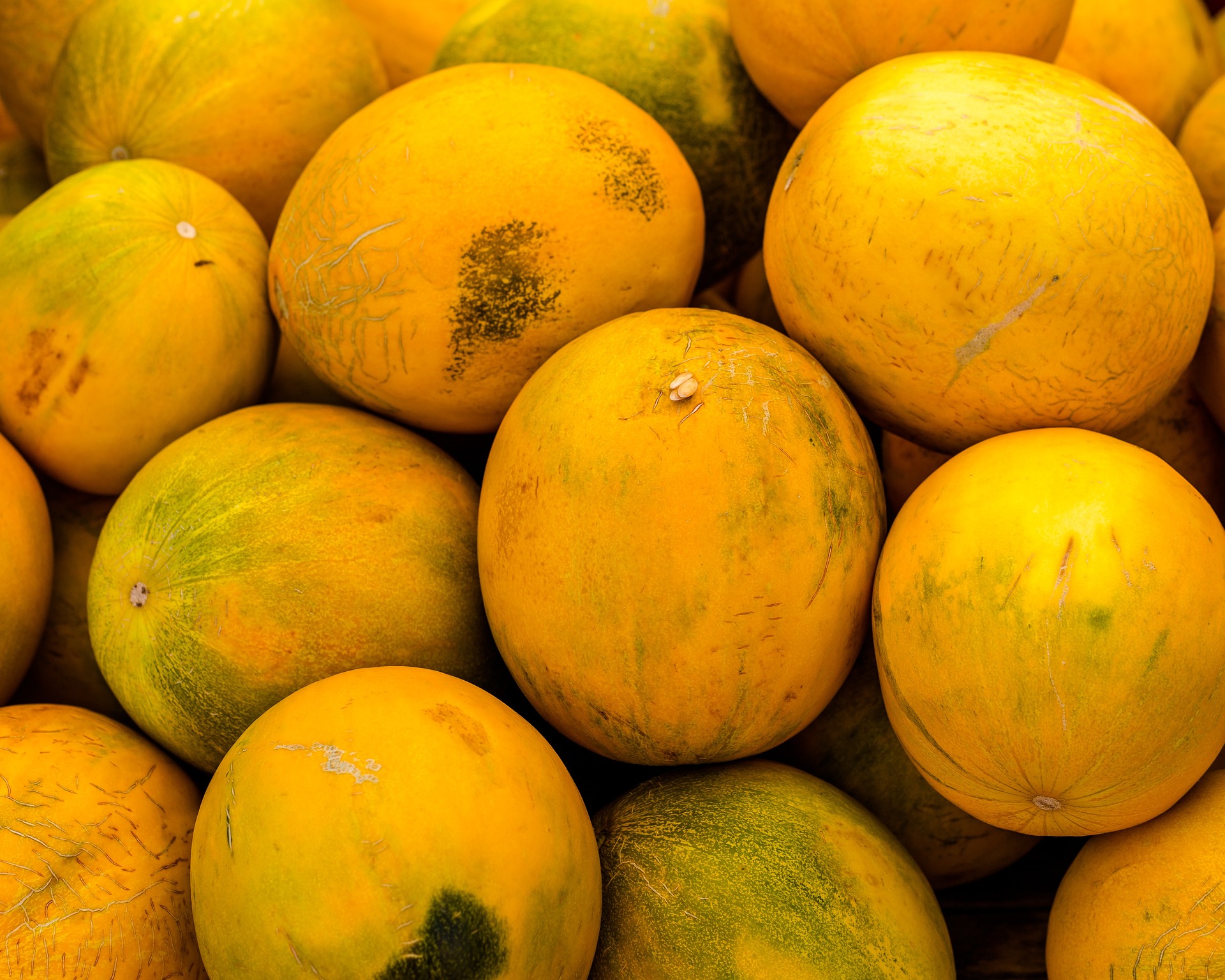Green Mung Beans: Good Consumption Over the Years

In the realm of legumes, green mung beans and mung bean sprouts stand out not just for their vibrant color and delightful taste but also for their robust adaptability in various cuisines across the globe. Dried beans and dried mung beans are integral to various traditional dishes around the world, including curries, soups, and salads, showcasing their versatility and nutritional benefits.
Boiled mung beans, in particular, are celebrated for their rich content of essential amino acids, underscoring their nutritional value and versatility. Learning to sprout mung beans can unlock additional nutritional benefits, as sprouted mung beans are excellent in salads and sandwiches, offering a crunchy, nutritious boost. Whole mung beans are a staple in traditional dishes across East Asian, South Asian, and Southeast Asian cuisines, featured in everything from savory soups to sweet desserts, highlighting their culinary flexibility.
As a brand that proudly represents Türkiye’s rich agricultural heritage and export capacity, Turkish Goods is excited to explore the journey of green mung beans from the field to your dinner table, highlighting its production, health benefits, global preference and Türkiye’s important role in the cultivation and export of this versatile crop.
The Cultivation of Green Mung Beans
Green mung beans, also known as green gram, are predominantly cultivated in Asia, with India, China, and Southeast Asian countries leading production. However, Türkiye has been making significant strides in cultivating these beans, thanks to its favorable climate and fertile soil. Turkish farmers, known for their expertise in agricultural practices, have adopted sustainable methods that ensure high-quality green mung bean production.
These practices not only yield superior crops but also contribute to the conservation of our environment, aligning with global sustainability goals. As the plants grow, they develop seed pods on their branches, which change color as they mature and are a key indicator of the right harvest time. Both mung beans and mung bean sprouts are easy to cook, making them a popular choice for a variety of dishes.
Are Good Mungs Good for Your Health?

Absolutely! Green mung beans, including their sprouted form, are a powerhouse of nutrients. They are rich in essential vitamins and minerals like potassium, magnesium, folate, fiber, and vitamin B6, which are crucial for maintaining good health. Their high protein content makes them an excellent dietary option for vegetarians and vegans. To preserve their nutritional value and achieve the perfect texture, it’s important to learn how to cook mung beans properly.
Organic Sprouted Mung Beans for Cooking
Organic green mung beans are especially popular among health-conscious consumers. They can be sprouted at home to enhance their nutritional benefits, including increased vitamin C and antioxidant content. Sprouting also makes them easier to digest and allows quicker access to their nutrients.
For cooking, these beans provide a versatile base for numerous dishes, ranging from hearty stews to light salads, making them indispensable in a balanced diet. Coconut milk is a popular ingredient in dishes made with cooked mung beans, enriching flavors in a variety of cuisines.
Mung bean paste, derived from these beans, is a key component in traditional desserts and snacks, showcasing the culinary versatility of green mung beans. Their low glycemic index makes them suitable for people with diabetes, providing a healthy, balanced option for managing blood sugar levels.
Additionally, their dietary fiber promotes digestive health and aids in detoxification, contributing to overall well-being.
Global Preferences and Nutritional Recognition of Essential Amino Acids
Globally, green mung beans, also known as moong beans, are celebrated for their versatility. They can be enjoyed whole, sprouted, or as flour—making them a popular choice in a variety of dishes like salads, soups, and noodles. Notably, mung bean noodles, derived from the starch of mung beans, showcase the bean’s adaptability in both savory dishes and traditional sweets across East Asian and Indian cuisines.
In many cultures, mung beans are a staple in festive dishes and are believed to bring good health and fortune. Their mild flavor and nutritional value have made them a favored ingredient in health-conscious communities worldwide, including their use in salads, sandwiches, and a range of Asian dishes.
Türkiye’s Role in the Green Mung Market

Türkiye’s role in the global mung bean market is becoming increasingly significant. With a strategic geographical position that bridges Europe and Asia, Türkiye is ideally situated to serve both markets effectively. The quality of Turkish green mung beans is highly regarded internationally, and the country’s commitment to sustainable agricultural practices has enhanced its reputation as a reliable supplier. Turkish Goods is proud to export these high-quality beans, meeting the rising global demand and introducing the world to the best of Türkiye’s agricultural products.
In conclusion, green mung beans are not just another commodity; they represent a heritage of health and sustainability. As Turkish Goods continues to champion the export of these nutritious beans, we invite you to explore and enjoy the wholesome goodness they offer. Whether in your next culinary adventure or as part of your health regimen, good mungs are sure to add both flavor and nutrition to your life.




